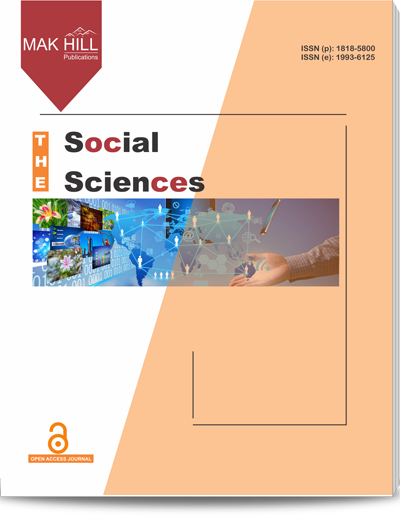
The Social Sciences
ISSN: Online 1993-6125ISSN: Print 1818-5800
Abstract
For generations, kue apem has been widely known as part of Indonesian hors d’oeuvre tradition, particularly for the Javanese. In the earlier times, the famous snack was often served in receptions or for ritual ceremonies. Today, kue apem has slowly been replaced by the more trending and modern cakes and bakeries coming from different countries that leads to the rarity and unfamiliarity of the snack for newer generation. This phenomenon is believed to be caused by the rapid movement of global cultures that has alternated the paradigm and dietary habit of Indonesian people including the out-of-date perception of serving and having traditional meals. Kue apem as a cultural heritage carries local genius meanings that should be preserved. This research is an analysis in cultural problems that involve humans, activities and objects in naturalistic condition, approached with qualitative descriptive method. Results show that in general the younger generation of the Javanese are not familiar with kue apem neither are they aware of the meaning. On the other hand, the older generation still serves the cake as part of the rituals. The efforts for revitalizing kue apem are resorted by varying the choice of fillings and toppings decorated in assorted colors and attractive presentations in order to catch more attention from the young generation. Preserving kue apem eventually becomes an important action to prevent the national culture and identity from declining due to the abundance of foreign culinary coming to the country that may endanger the existence of local tradition.
How to cite this article:
Oda I.B. Hariyanto. Revitalization and Signification of Kue Apem as an Indonesian Traditional Hors d’Oeuvre.
DOI: https://doi.org/10.36478/sscience.2017.1795.1800
URL: https://www.makhillpublications.co/view-article/1818-5800/sscience.2017.1795.1800